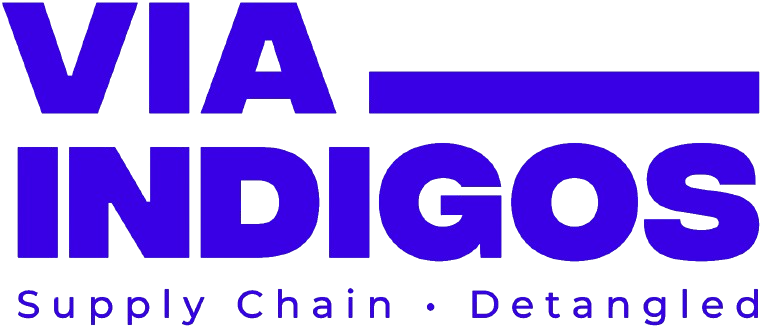Global Market Trends in Earth-Moving Equipment: What to Expect This Year
- VIA INDIGOS
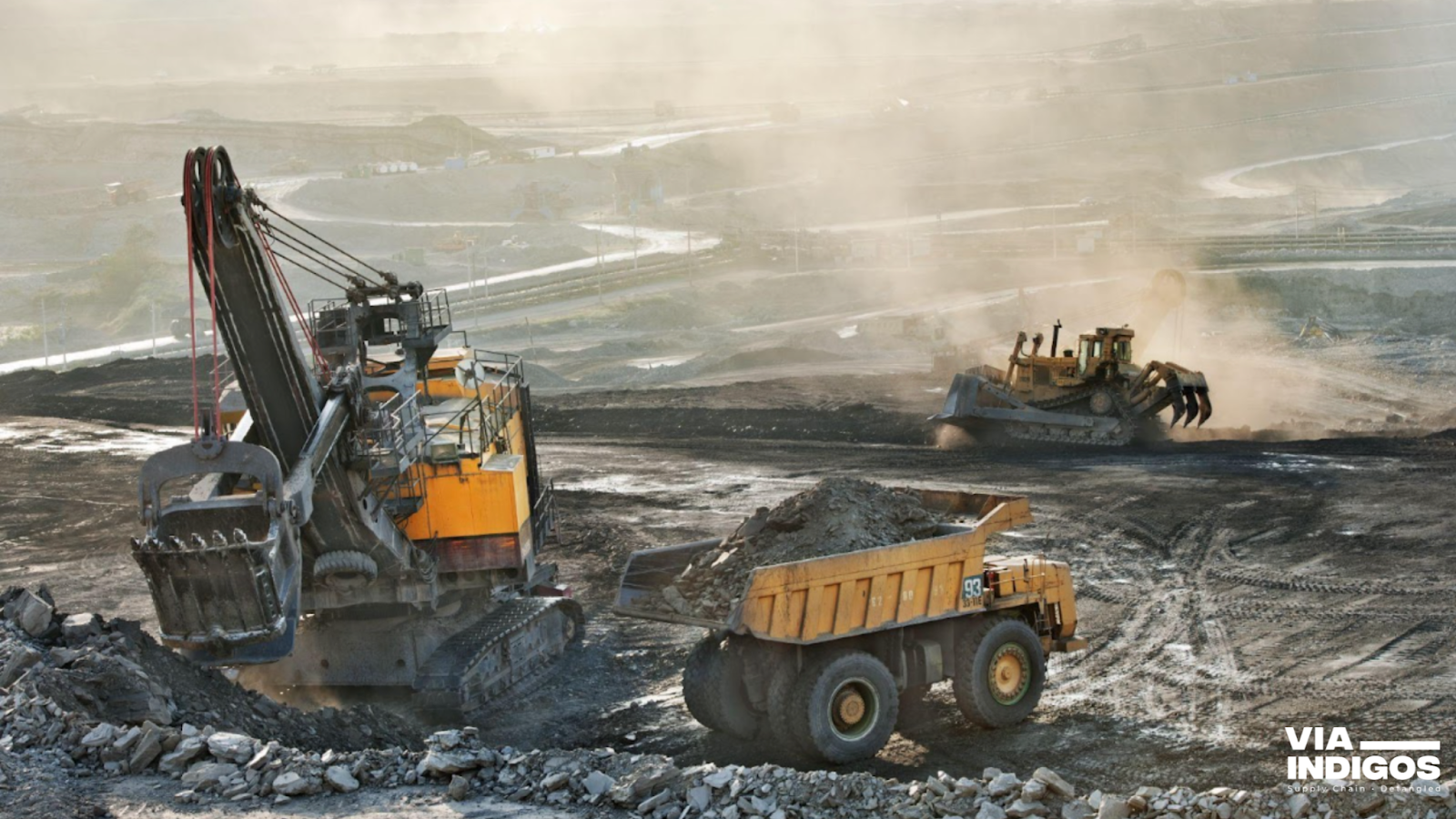
The earth-moving equipment industry is shifting gears fast – and if you’re not paying attention, you might miss out. With innovations revamping the sector and global demand surging, 2025 is shaping up to be a critical year. Let’s dive into the forces driving this change and what businesses should expect next.
1. What’s Fueling Growth?
The global market for earth-moving equipment is gearing up for some serious growth, with predictions of over 4% annual growth in the next few years. Here’s what’s making it happen:
• Building the Future: Huge investments in infrastructure projects, especially in developing countries, are creating massive demand. Think about smart cities, urban development, and transportation networks. From high-speed railways to modern highways, these projects are reshaping landscapes and boosting the need for heavy machinery. Developing economies are also seeing a surge in affordable housing projects, which is another growth catalyst for this industry. Additionally, large-scale construction of dams, ports, and industrial corridors is providing a steady stream of work for earth-moving equipment.
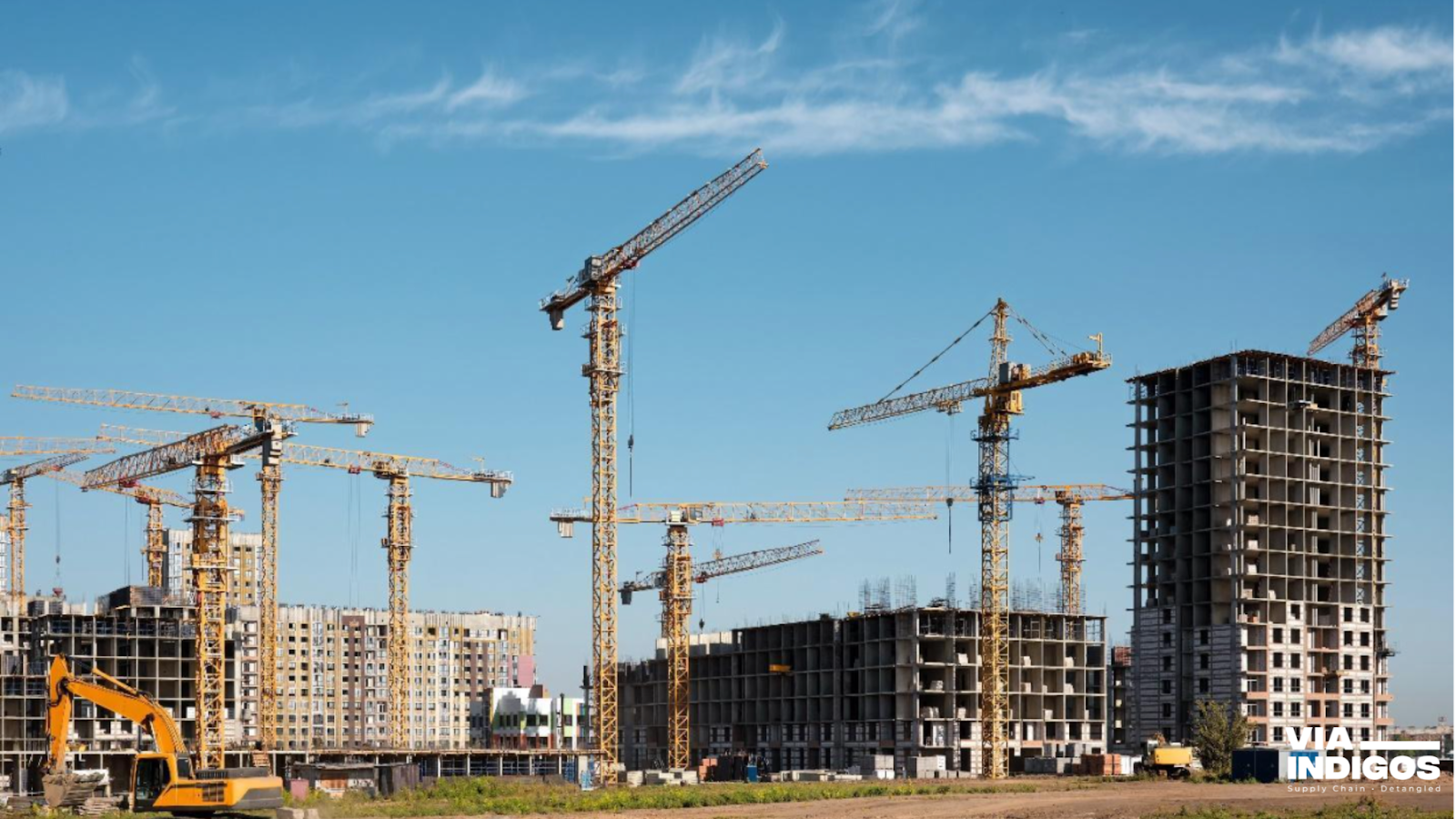
• Green Energy on the Rise: Solar farms, wind power projects, and other renewable energy setups need serious earth-moving efforts, giving this sector a nice boost. As countries commit to achieving carbon neutrality, renewable energy installations are happening at an unprecedented pace. This means an increasing demand for specialized machinery capable of operating in diverse terrains and environmental conditions. The integration of eco-friendly equipment in these projects aligns with the global push for sustainability, further enhancing their appeal.
Renewables are projected to surpass coal, becoming the largest source of electricity generation. Wind and solar photovoltaic (PV) are expected to each exceed nuclear electricity generation in 2025 and 2026, respectively. By 2028, renewable energy sources are forecasted to account for over 42% of global electricity generation, with wind and solar PV’s share doubling to 25%. (International Energy Association)
• Post-Pandemic Projects: Construction is one-way, governments are kick-starting economies, and it’s working wonders for the industry. Large-scale stimulus packages aimed at reviving growth are prioritizing infrastructure, creating a ripple effect in the demand for earth-moving equipment. On top of that, the backlog of delayed projects from the pandemic era is finally getting the green light, further accelerating industry momentum. Industries such as tourism and hospitality are also seeing renewed activity, leading to construction of new facilities and infrastructure.
In 2024, the U.S. construction industry experienced a 2.5% expansion, driven by increased spending in non-residential sectors such as data centers, manufacturing, infrastructure, and energy and utilities. This growth is expected to continue at a steady annual rate of 2.2% between 2025 and 2027. (PR Newswire)
This expansion is supported by large-scale stimulus packages prioritizing infrastructure development, leading to a surge in demand for earth-moving equipment. Additionally, the resumption of projects delayed during the pandemic is further accelerating industry momentum.
Sectors such as tourism and hospitality are also experiencing renewed activity, contributing to the construction of new facilities and infrastructure.
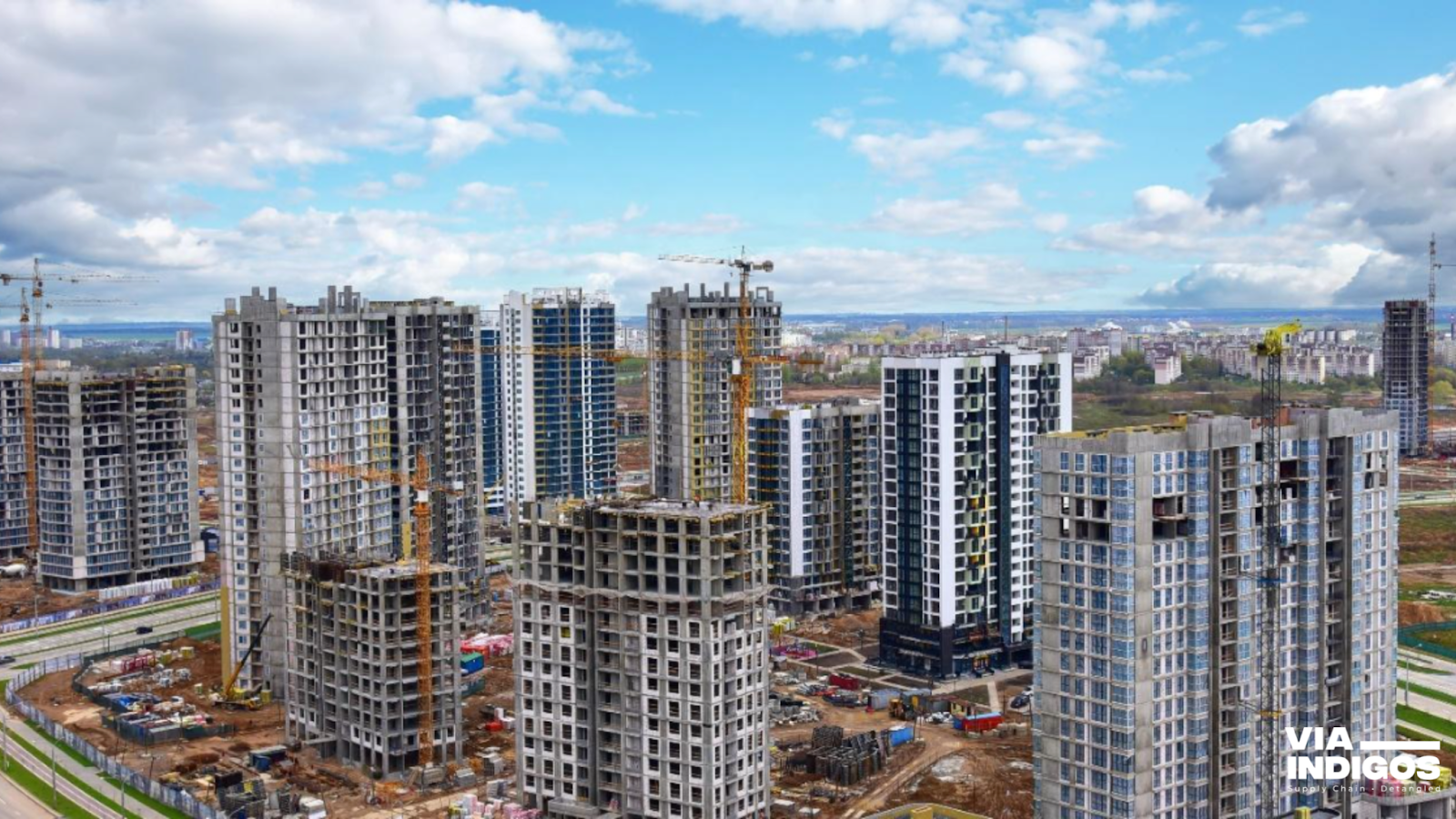
Post-Pandemic Construction Boom Fuels Demand for Earth-Moving Equipment.
• Urbanization and Smart Cities: With more people moving to urban areas, the push for smart cities and modernized infrastructure is stronger than ever. From underground utilities to skyscrapers, earth-moving equipment is playing a crucial role in these massive developments. Urbanization is also driving demand for mass transit systems, parking structures, and public spaces, all of which require significant groundwork and excavation.
The global urbanization rate is projected to reach 56% as of this year, 2025, with significant growth in regions such as Asia and Africa. (Our World in Data)
This trend is driving substantial investments in smart city initiatives, with the market size expected to double from $410.8 billion in 2020 to $820.7 billion in 2025. (Forbes)
These developments are increasing the demand for earth-moving equipment essential for constructing modern infrastructure, including mass transit systems, parking structures, and public spaces.
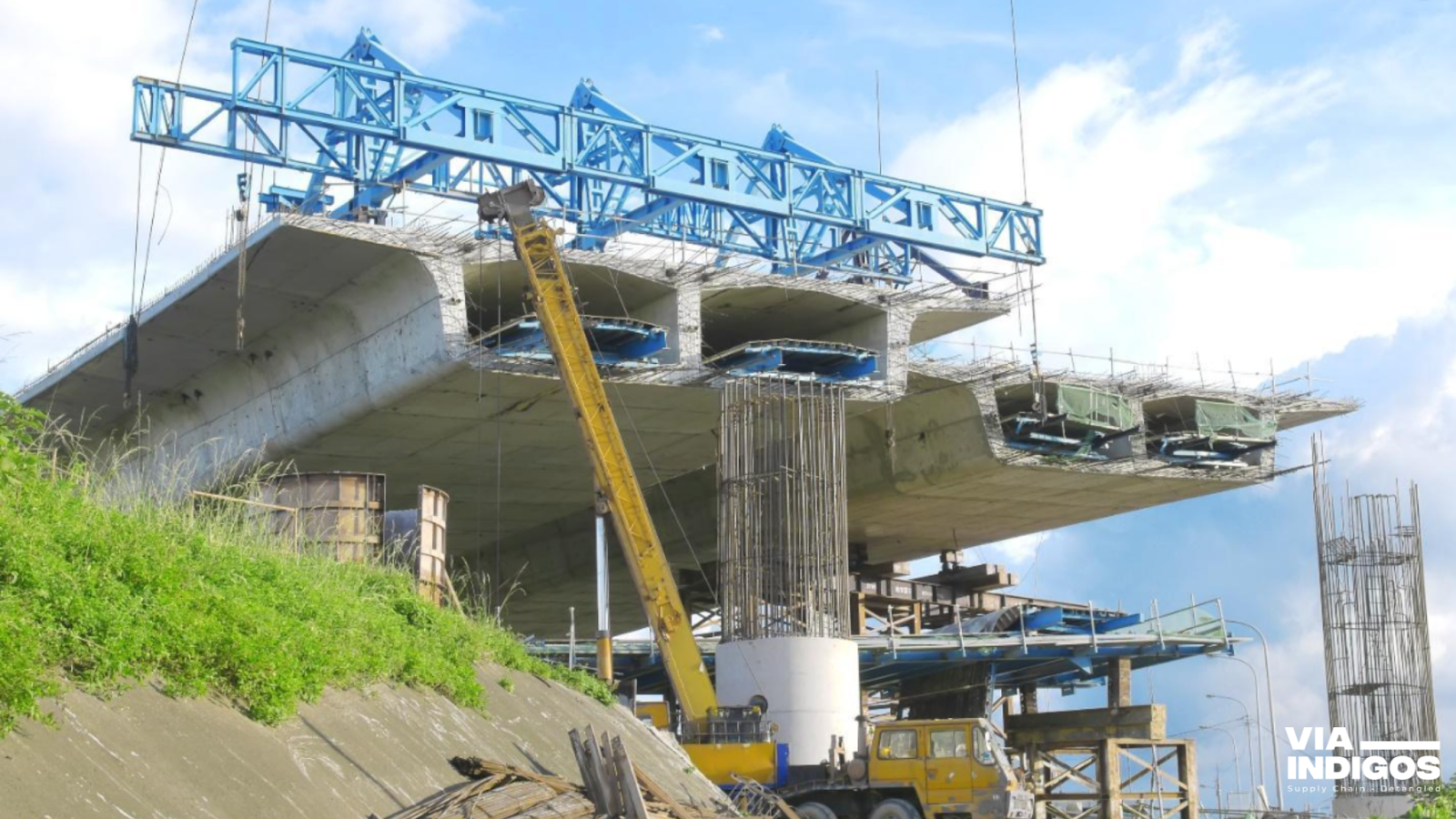
Earth-Moving Equipment Fuels Smart Infrastructure.
2. Tech That’s Changing the Game
The machines we see today are light years ahead of what we had even a few years ago. Here’s what’s new and exciting:
• Electric and Hybrid Equipment: With the push for lower emissions, manufacturers are rolling out electric and hybrid models. These are eco-friendly and save on operational costs. The advancements in battery technology and renewable energy integration are making these machines more viable for a broader range of applications. Governments are also offering incentives for adopting green technologies, further accelerating their adoption
The global electric vehicle (EV) market is experiencing significant growth, with projections indicating that EV sales will reach 15.1 million units in 2025, marking a 30% increase from an estimated 11.6 million units in 2024. (Digital Trends)
In the United States, EVs and hybrid electric vehicles (HEVs) are expected to account for approximately 30% of all vehicle sales by 2025, a substantial rise from just under 1% in 2016. (JPMorgan Chase)
This surge is supported by government incentives, such as federal tax credits up to $7,500 for eligible new electric vehicles and up to $4,000 for eligible used electric vehicles. (Department of Energy)
These developments underscore the accelerating shift towards eco-friendly transportation solutions.
Automation and AI: Self-operating bulldozers and excavators? Yep, they’re here. These machines use sensors, cameras, and AI to make construction faster and safer. Autonomous equipment is particularly useful in remote or hazardous locations, reducing risks for human workers. AI-driven solutions also optimize machine operations, improving fuel efficiency and reducing wear and tear.
The growth of the autonomous construction equipment market is fueled by advancements in sensor technology and AI integration, with over 70% of construction companies in North America adopting or planning to adopt autonomous solutions by this year to address labor shortages and improve efficiency. (Construction Dive)
This trend is supported by the industry’s push for safer, faster operations, particularly in remote or hazardous environments, where autonomous machines significantly reduce risks. Additionally, government incentives for adopting innovative technologies and sustainability goals are driving investment in AI-powered equipment.
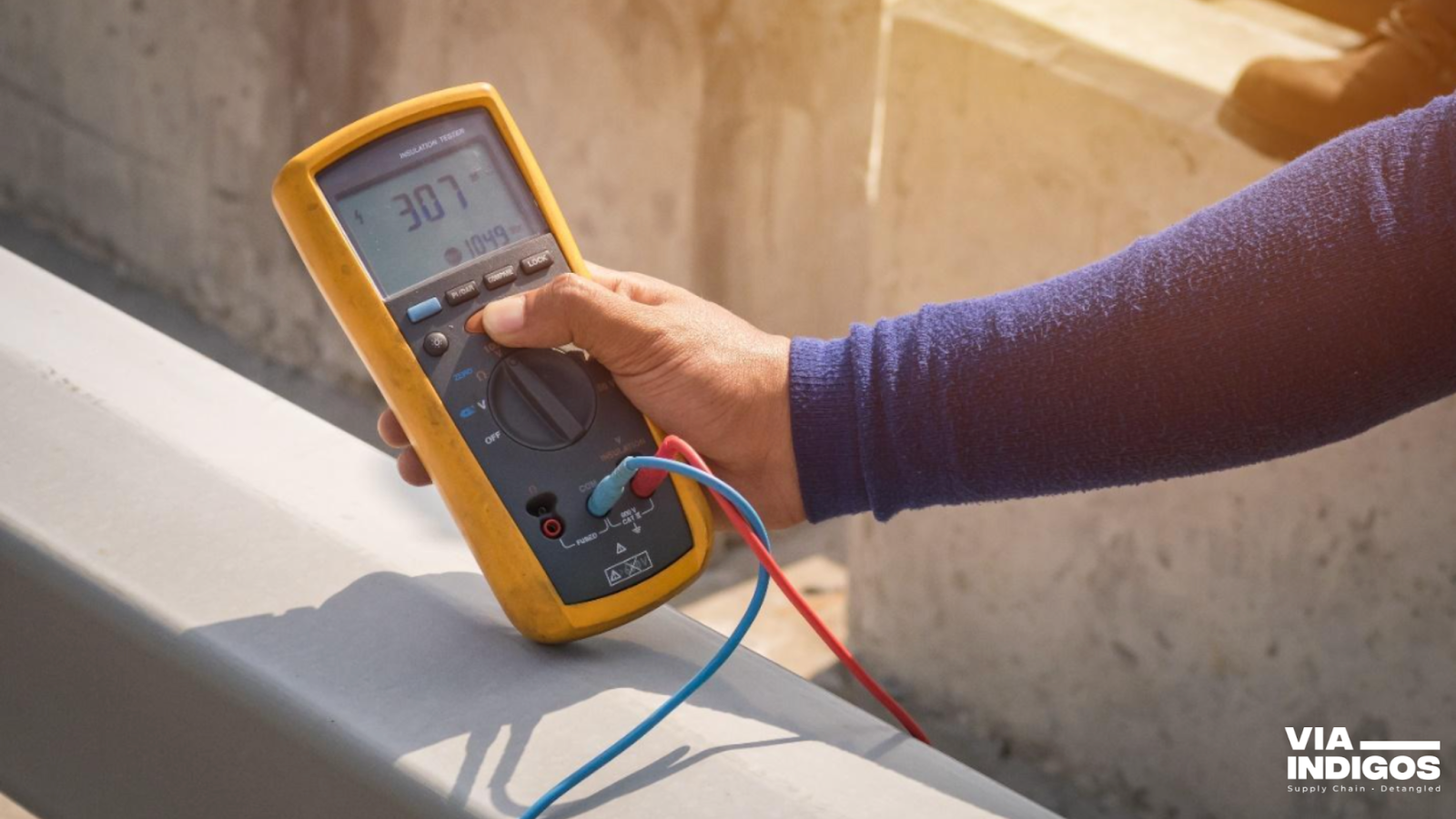
Smart Sensors and AI Powering the Future of Autonomous Construction Equipment.
• Smart Machines: Telematics and IoT are making equipment smarter. Now, operators can track performance, fuel use, and maintenance needs in real time. Predictive maintenance systems are helping companies avoid costly downtime by addressing issues before they escalate. This data-driven approach also allows for better resource management and operational planning.
The global commercial vehicle telematics market is projected to grow at a compound annual growth rate (CAGR) of 11% from 2023 to 2032, driven by the increasing adoption of electronic information systems in the automotive industry and the need for efficient fleet management. (Grand View Research)
This growth reflects the expanding use of telematics and IoT technologies to enhance equipment intelligence, enabling real-time tracking of performance, fuel usage, and maintenance needs.
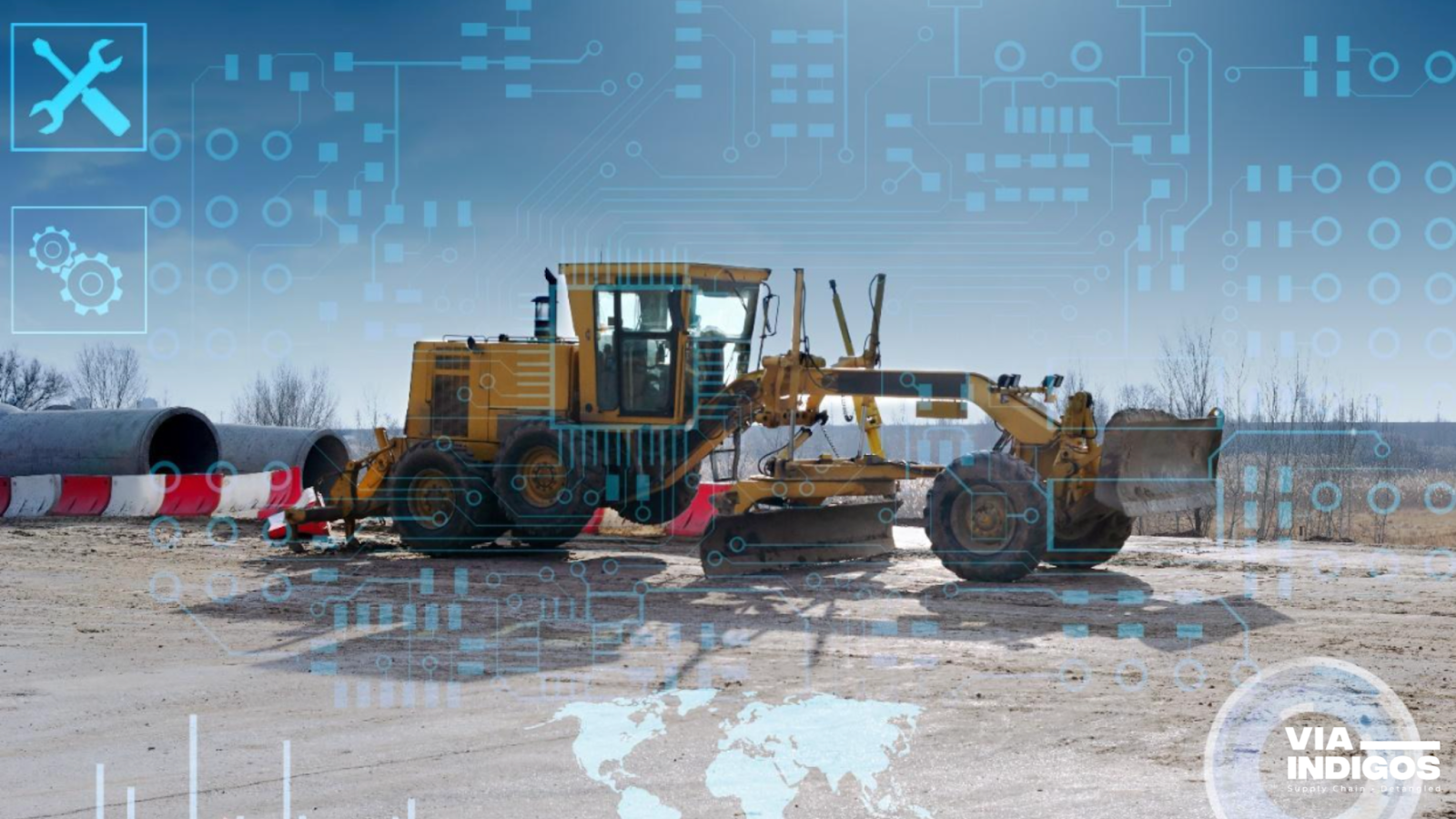
How IoT and Telematics Are Transforming Heavy Machinery.
3. What’s Happening Around the World?
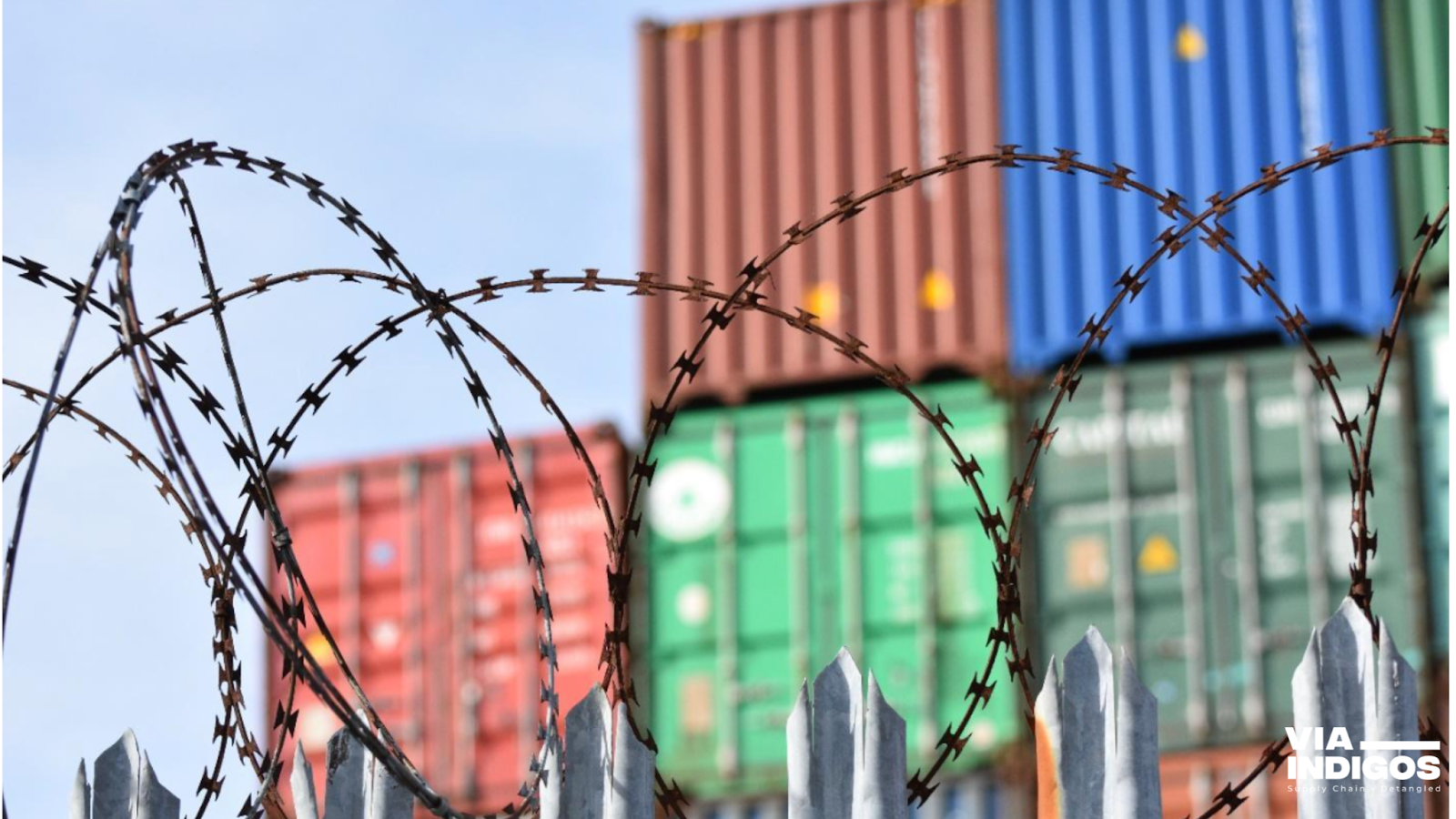
Asia-Pacific: The biggest player right now, thanks to countries like China and India. India’s big-ticket projects like Bharatmala and Sagarmala are driving demand, and the “Make in India” initiative is giving local manufacturing a solid push. China’s Belt and Road Initiative (BRI) is another major contributor, with infrastructure projects spanning multiple countries in the region. Southeast Asia is also witnessing rapid growth, driven by urbanization and industrial expansion.
Sagarmala focuses on port-led development and coastal connectivity, while Bharatmala emphasizes road network development, including highways and economic corridors.
North America: With major infrastructure upgrades and the U.S. government’s huge infrastructure bill, demand for high-tech equipment is soaring. The focus is not just on new construction but also on modernizing aging infrastructure like bridges, roads, and water systems. Canada’s investment in green infrastructure is also a significant growth driver.
Europe: Sustainability is the name of the game here. Stricter environmental rules mean electric and low-emission equipment is in high demand. The EU’s Green Deal is a key factor, pushing for sustainable construction practices and cleaner machinery. Countries like Germany and France are leading the charge with innovative technologies and large-scale projects.
Middle East and Africa: From urban mega-projects to oil and gas infrastructure, this region’s need for durable, versatile machinery is growing fast. Saudi Arabia’s Vision 2030 and UAE’s ambitious urban projects like the Expo City are driving significant demand. Africa’s growing economies are also investing heavily in infrastructure, creating opportunities for the earth-moving equipment market.
LOOKING FOR RELIABLE BOOTS ON THE GROUND?
With boots on the ground and a vast network of production partners in INDIA, we help you cut tariffs, reduce lead times and avoid supply chain disruptions.
4. India’s Role as a Game Changer
India is becoming a big deal in this space, and here’s why:
• Government Support: Initiatives like Gati Shakti and the National Infrastructure Pipeline (NIP) are pumping billions into infrastructure. The government’s focus on connectivity and industrial corridors is driving demand for heavy machinery. Policies aimed at reducing import dependency and promoting local manufacturing are also strengthening the industry.
The National Infrastructure Pipeline (NIP) is a group of social and economic infrastructure projects slated to be established over a period of five years with an initial sanctioned amount of 102 lakh
crore.
• Export Boom: Indian manufacturers are stepping up, offering cost-effective and high-quality equipment to the global market. The country’s expertise in producing compact and efficient machinery is gaining recognition worldwide. Export-friendly policies and collaborations with international players are further boosting this trend.
• Tech Adoption: GPS-enabled machinery and smart systems are making construction sites more efficient across the country. Indian companies are also investing in R&D to develop advanced technologies tailored to local conditions, making them more competitive on the global stage.

India’s Manufacturing Surge – Powering Export and Infrastructure Expansion.
5. Challenges to Keep an Eye On
Of course, it’s not all smooth sailing. Here are some roadblocks the industry is dealing with:
• Supply Chain Snags: Global tensions and material shortages are causing delays and driving up costs. The reliance on imported components is a significant vulnerability that needs to be addressed.
• Sticker Shock: Advanced equipment can be pricey, which might be tough for smaller businesses. Financing options and government subsidies could play a role in easing this burden.
• Skill Gaps: With all this new tech, there’s a real need for training programs to upskill the workforce. Partnerships with educational institutions and vocational training centers could help bridge this gap.

Final Thoughts
The earth-moving equipment industry is going through an exciting transformation. With innovation at its core and strong demand from all corners of the globe, the future looks bright. India, in particular, is carving out its space as a major player. For businesses and investors, now’s the time to dig in and capitalize on the opportunities ahead.

READY TO MANUFACTURE YOUR COMPONENT FROM INDIA?
With boots on the ground and a vast network of production partners in INDIA, we help you cut tariffs, reduce lead times and avoid supply chain disruptions.
Why VIA INDIGOS?
At VIA INDIGOS, we engineer precision components that form the backbone of heavy machinery and industrial equipment. Whether it’s forged steel axles for excavators or die-cast aluminum frames for renewable energy systems, our focus is on delivering parts that perform under pressure, every time.
We’re not just another supplier—we integrate advanced manufacturing with strategic supply chain management, ensuring your projects stay on track, within budget, and ahead of the curve.
What Sets Us Apart:
• Industry-Specific Expertise: We understand that the parts driving a wind turbine aren’t the same as those for a mining rig. Our team specializes in crafting tailored solutions for automotive, construction, aerospace, and renewable energy sectors.
• Certified Quality, Every Component: From ISO 9001 to IATF 16949 and AS9100, we meet global quality benchmarks across industries.
• Material Mastery: Whether you need cast iron for rugged machinery or lightweight aluminum for high-efficiency systems, we provide components that match the job’s demands.
• End-to-End Management: We handle the entire journey—from design and prototyping to final production and delivery—minimizing delays and optimizing costs.
• Strategic Cost Advantage: Through India-based manufacturing and China +1 diversification, we help businesses cut tariffs, avoid bottlenecks, and achieve cost savings without sacrificing quality.
At VIA INDIGOS, precision isn’t just our goal—it’s our standard.
